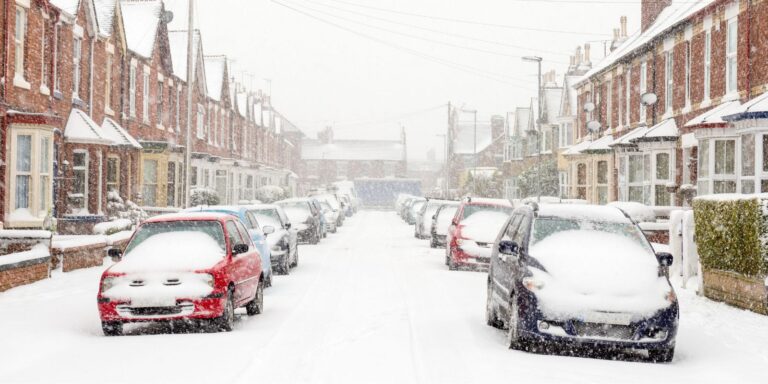27 million UK drivers don’t reduce their speed when driving in icy conditions, despite the danger it poses.
New research has revealed less than half (47%) of British drivers slow down whilst driving in these conditions, even though almost 1 in 10 (9%) have had an accident.
Men were revealed to be slightly more likely to slow down in ice and snow (49% to 45% for women), in the study by ATS Euromaster. Younger drivers (18-24s) are the least likely to slow down, with only a third saying they do (34%), compared to 57% of over 55s. Only 16% of new drivers (less than a year) admit to slowing down in snow and ice.
Almost half (45%) of drivers said they feel very unsafe driving in these conditions whilst one in five (21%) will try and find a different way to travel.
If you must drive in the snow and ice, Simon Waye, technical engineer at ATS Euromaster has provided tips to driving safely:
Before you set off:
Consider if it’s completely necessary
Driving in ice and snow can be very dangerous. Consider if you do need to take this journey, 21% of drivers said they will avoid driving in the snow and find a different way to travel. We recommend looking for an alternative way to travel, as a safer option.
Check your tyres
Tyres with very low tread wear can seriously affect your grip, which is especially dangerous in ice. You can check your thread by using a penny upside down in between the tyre tread if you can see the top of the Queen’s head, the treads are worn and need replacing. The legal limit is at least 1.6mm across the central three-quarters of the tyre. You may want to consider getting winter or all season tyres, which offer more grip.
Clear windows and lights
It’s a legal requirement to have a clear view of the road ahead before you set off. Not having cleared away snow and ice properly could result in a £60 fine and three points on your license.
De-ice your windscreen inside and out, clear any snow from your lights and wingmirrors, number plates, and check your front and back wiper blades are working properly.
Fill up your tank
Getting stuck in traffic in bad weather increases your fuel consumption so make sure you have enough fuel in your car. Also make sure you have warm clothing in case you do have to stop.
Check for any weather advice
Check out your local news bulletins or online for any road closures, flooding and roads that will not be gritted. It helps to plan your journey accordingly.
Whilst driving:
Use dipped headlights (and avoid a £50 fine)
If visibility is seriously reduced due to poor weather, you should use your dipped headlights or fog lights to help you and others. The research revealed almost two thirds (62%) of British drivers are not aware that this will help improve visibility, even though it could land you a fine.
Failing to use the appropriate dipped lights when you are unable to see for more than 100 metres ahead of you could land you a £50 on-the-spot fine if stopped by police.
Reduce your speed dramatically
Over half (60%) of drivers don’t know the recommended driving distance in snow and ice. When the roads are icy, they will inevitably be more slippery than usual, and braking distances can be 10 times more than on a dry road. Highways England therefore advises to slow down and keep 10 times the normal recommended gap between you and the car in front. It also advises to drive particularly slowly around any bends.
Be careful when braking and accelerating
Braking and accelerating as smoothly as possible is important, particularly on ice, in order to reduce the chances of skidding. Avoid any harsh acceleration and to slow down, use gear changes and light touches of the brake to show your brake lights to cars behind you.
Gear changes
Setting off in second gear can help to reduce wheel slip. The Highway Code says to ‘drive at a slow speed in as high a gear as possible’. When driving downhill however, stay in a low gear and avoid braking unless you need to.
Keep your aircon on (and avoid a £1,000 fine!)
Driving in bad weather can mean your windows are likely to quickly steam up. Make sure you have your air conditioning on to make sure your visibility isn’t reduced, and you avoid a fine. Driving with misty windows could get you a £1,000 fine and three points on your license.

